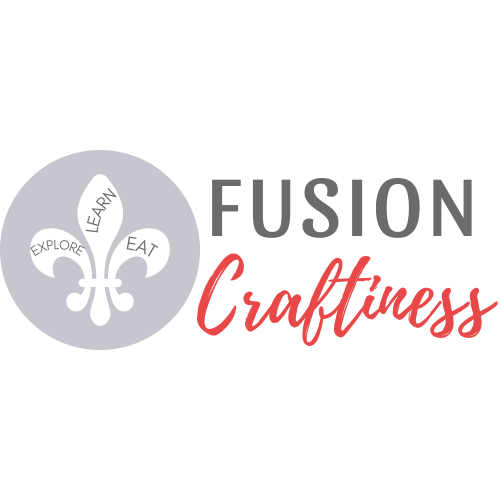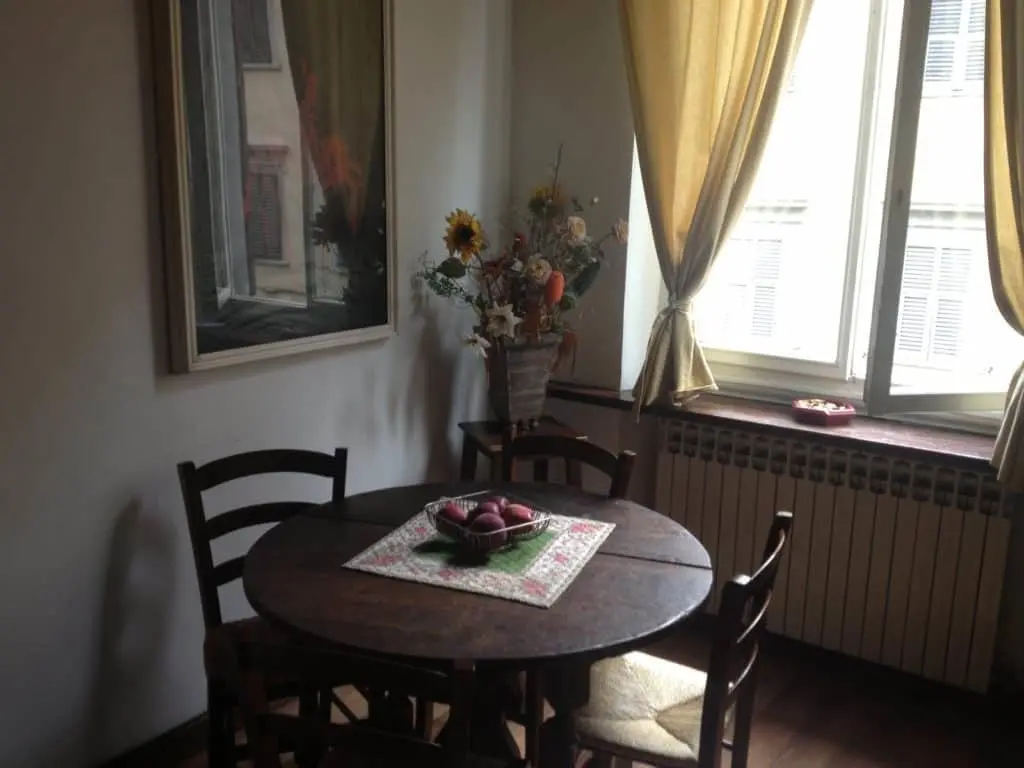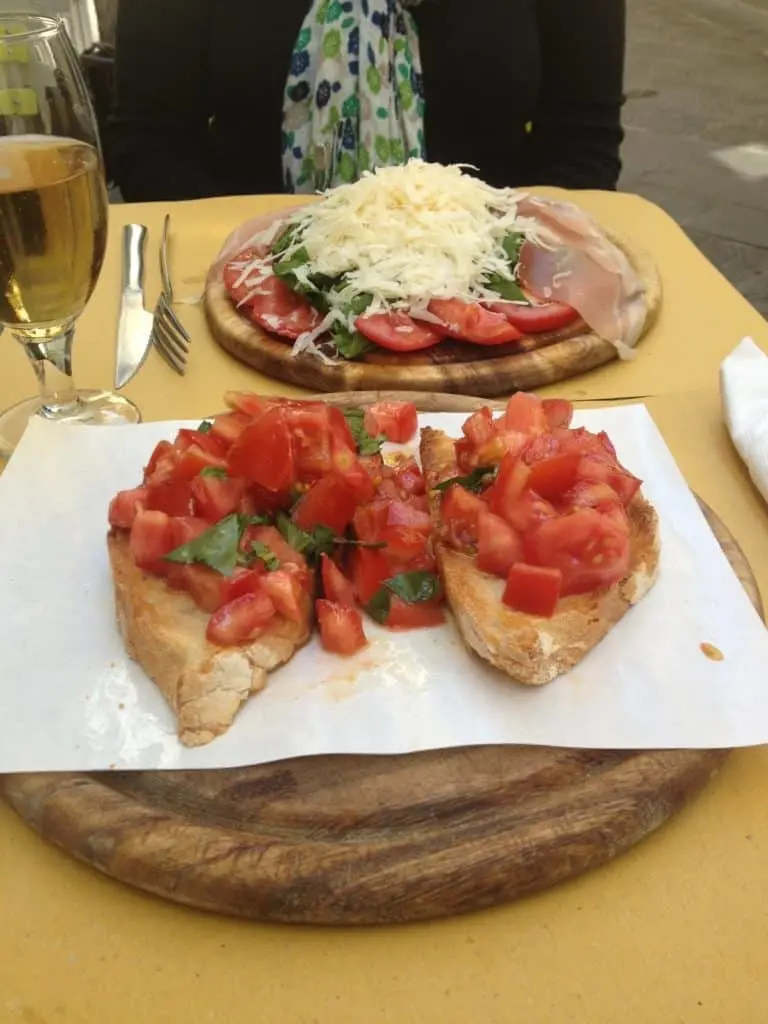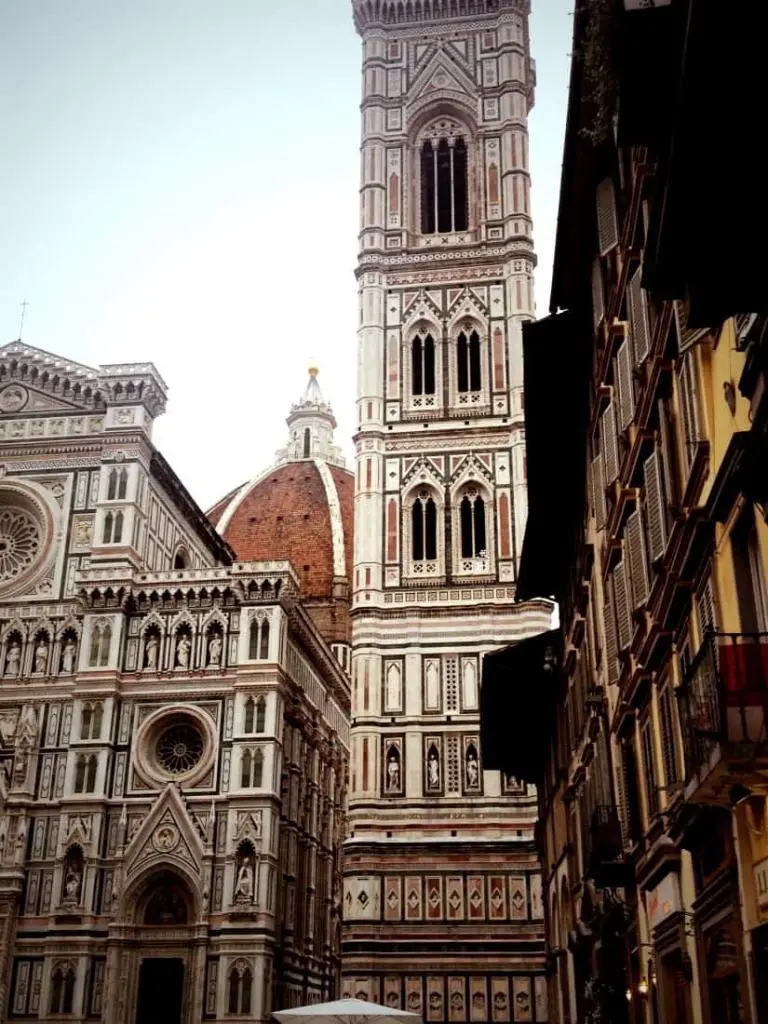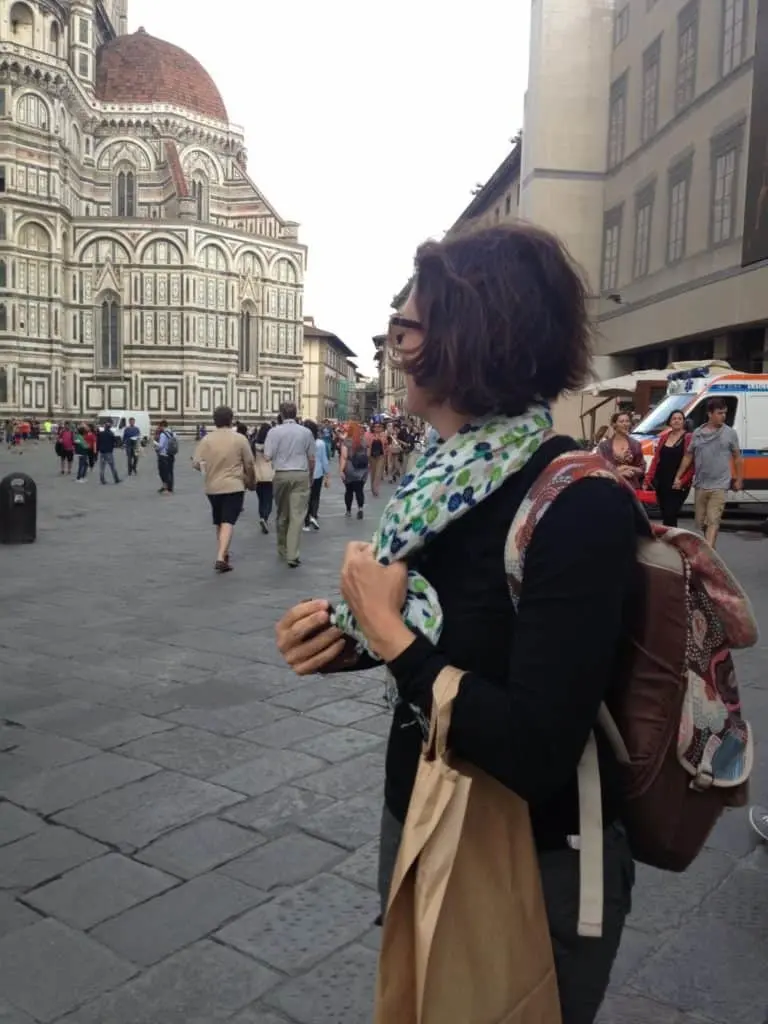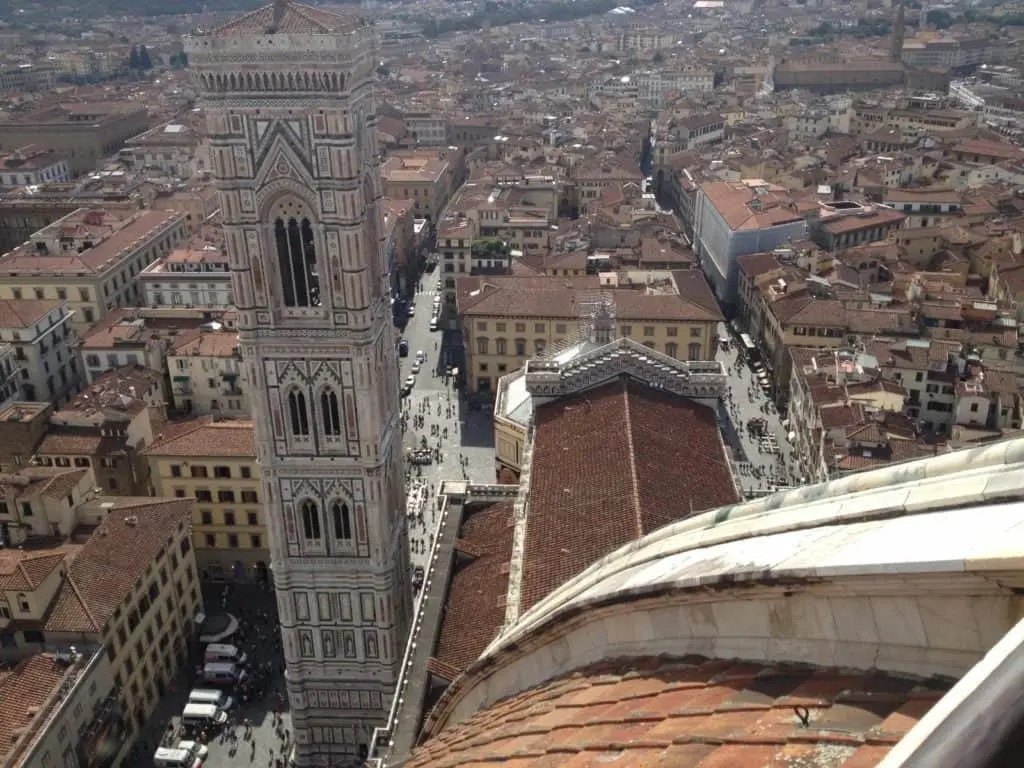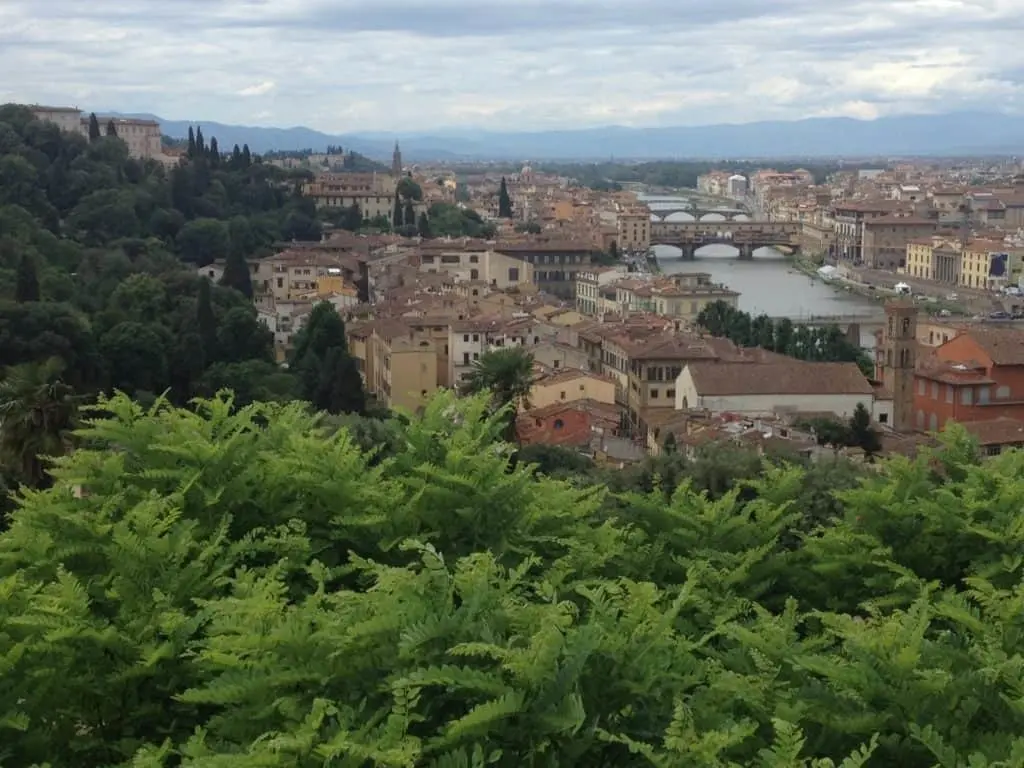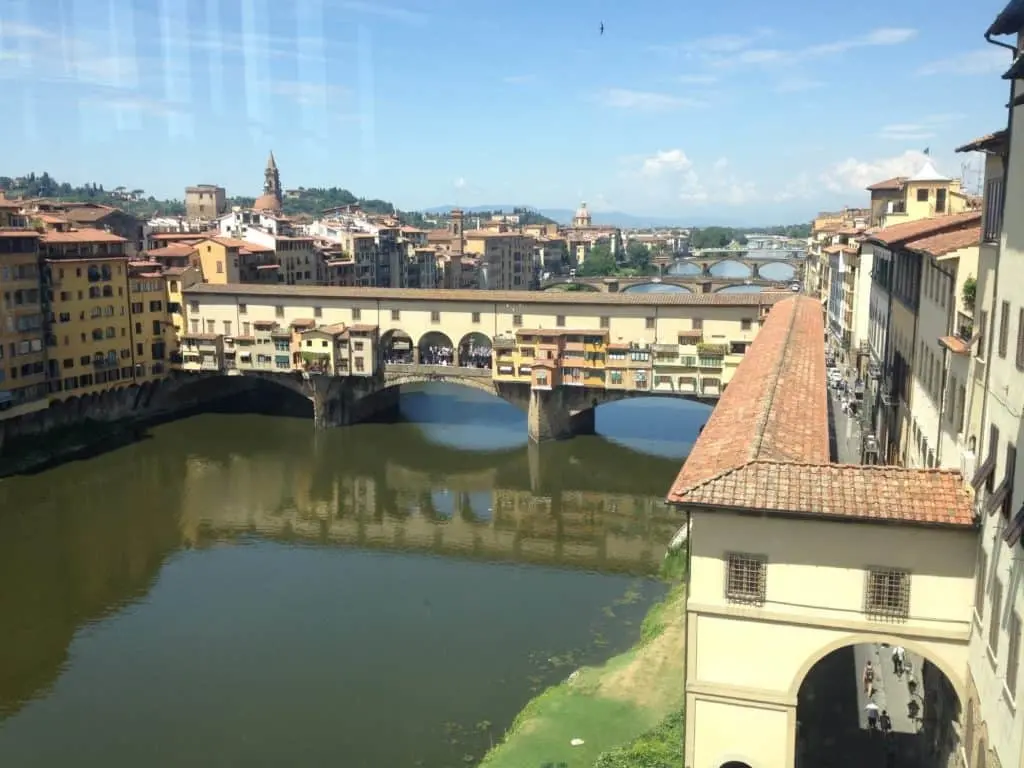The birthplace of the Renaissance, Florence is the epicenter of northern Italy in a region known as Tuscany. Coming here is a pilgrimage for Italophiles and art enthusiasts. The museums here are plenty and top notch. Fine art to medieval technology and astronomy, something for everyone, especially you. Yes you! What is your excuse? No time, no money? A journey of a thousand miles begins with a single step. Start pinching those pennies, get a second job, it’s worth it.
One way to save money is to travel with friends and split an apartment. We rented this cozy apartment from AirBNB in old Florence, just a short walk to Il Duomo! Our landlady lived right next door and spoke no English. This was all part of the experience. Stay away from hotels and rent rooms from grandmothers or entire apartments. It’s cheaper to prepare and store food here than eat in a restaurant three times per day. Besides, where else are you going to feel the high emotions of Italians standing behind you in the local market while you try to figure out the Euro monetary system.
Eat at least one meal at a Trattoria for the experience and good food. Elbow to elbow on family style tables gives you an intimate insight into the lives of the locals. One way to know if the Trattoria is full of locals is to look at the menu, it should be handwritten and in Italian. No English necessary and the handwritten menus signify that they are making what was fresh at the market that day, the best way to eat.
Peeking out over roof tops is the iconic Il Duomo, or more precisely, Cattedrale di Santa Maria del Fiore, or Cathedral of St. Mary of the Flowers. The dome teases you as you meander through the streets, taunting as if playing hide and seek. This goes on until she magically appears right before you and hundreds of other tourists who have made this pilgrimage.
Construction started in 1296 and wasn’t completed until 1436 when Filippo Brunelleschi capped it with his famous dome. An engineering marvel at the time, Brunelleschi solved the problem of designing the largest masonry dome ever built. When construction began, Florentines didn’t know how to build the dome they wanted but they started building anyway. The faithful followers believed someday God would send an architect to build the dome. That architect turned out to be a goldsmith and clock maker.
The dome project was awarded to the winner of a design and engineering contest, the main competitors being Lorenzo Ghiberti, also a goldsmith, and Filippo Brunelleschi. While Ghiberti lost that competition, he was awarded the commission for the gold doors of the Baptistry next door. He utilized a new, Renaissance art technique of depicting depth and three dimension through scale and vanishing points. Don’t forget to see the replicas of these doors on the Baptistry when you visit the cathedral. Oh and the big tall thing in this picture? It’s Giottos Campanile, a bell tower. Climb this and not only will you get a great view of the city but the perfect view of the dome and cathedral.
Just can’t stop staring…..
For an added adventure, climb Il Duomo! Tickets are reasonable, crowds are plenty and the view…..
For more views and back alley exploring, cross any of the bridges, like the Ponte Vecchio, and stroll along the streets and alleys of Oltrarno, left of the river Arno. Here you will find cozy cafes, a Medici palace and dozens of artisan workshops where handcrafted goods are still made centuries later. Tuscany is known for their beef and leather so leather artisans are aplenty in this alternative neighborhood. Bonus, most tourists never cross the river.
Be sure to hike (or take a taxi like we did, post lunch, too tired, don’t judge) up the hill to the Church of San Miniato al Monte. The church was built between the 11th and 13th century, using the locally sourced green and white marble with a Romanesque interior. See if you can find Carlo Lorenzini’s grave in the cemetery next door. He was the author of Pinocchio. This hill actually gives you the best views of Florence with it’s iconic skyline.
One more thing, the Ponte Vecchio or ‘old bridge’, is a must see must do while you are here. Notice the enclosed corridor on top of the bridge, a private walk for Cosimo de Medici from his palace to his place of business, also known as the Vasari corridor. He kicked the fish mongers out selling the days catch on the bridge below because he couldn’t stand the smell. Since then, jewelers have graced the shops on the bridge.
Florence is a bustling tourist town but the locals still have time to slow down, sit awhile, with friends, over good food, good wine, la dolce vita.
Information on visiting Italy
For accommodations other than hotels, try AirBNB, VRBO or visit Lourdes’ blog at VisitFlorence where she writes about all things Florence, including where to stay.
For Rickniks, or followers of Rick Steves, he has a comprehensive list of resources for Tuscany and the rest of Italy here.
For stories from a Texan ex-pat living in Florence, visit Georgette from Girl In Florence.
Museums
Uffizi– A beautiful old relic of the Rennaisance, this building is worth a visit just for the architecture. It houses an extensive painting and sculpture collection including works from Botticelli, Da Vinci, Rembrandt, Michelangelo and Raphael. Avoid the long lines, those are to get tickets. Order your tickets online, you can get Uffizi/Accademia combo tickets and cover most of the major works.
Accademia– Probably most famous for housing Michelangelos statue of David and the Prisoners, the Accademia is also home to wonderful works by other Italian artists such as Sandro Botticelli, Domeico Ghirlandaio, Pontormo, Andrea del Sarto and Allessando Allori.
A newly added Museum of Musical Instruments shows works by Stadivari and Bartolemaeo Cristofoi.
Museo Galileo– When one hears the word Rennaisance fine art comes to mind. Breakthroughs in science were one of many hallmarks of this transitional time in history. The Museo Galileo owns one of the world’s major collection of scientific instruments, illustrating how much science discoveries were also patroned by the Medici family and the Lorraine Duchy. Both collections showcase innovations in the physical sciences, astronomy, chemistry and obstetrics. A smaller, more intimate museum and far less crowded than the big two.
Pallazo Vecchio– A beautiful old palace built between the 13th and 14th century as a symbol of the might of Florence. This palace houses many fine paintings, frescoes and statues from the usual suspects plus the interior designed by Vasari. There is a private chapel and you can see the apartment of Cosimo Medicis wife, Eleonora, da Toledo.
Bargello– An old palace from 1255, this building was once a barracks and a prison.
Pallazo Piti– Home of the Medicis, this extravagant museum is on the south side of the River Arno and close to the Ponte Vecchio. The Palantine gallery inside is home to a large art collection of Medicis. There are nearby cafes and you can picnic out front if you like. Be sure to explore the neighborhood which if full of craftsman studios.
Stibbert Museum– This museum houses more than 36,ooo artifacts including armor from Eastern and Western civilizations. Also you can enjoy collections of furniture, tapestries and paintings.
Museo dell’Opera del Duomo– Stop by here just east of the Duomo to see works of art that was intended for the cathedral. Also inside are Ghibertis original doors to the Baptistry.
Casa Buonarotti– A house owned by Michelangelo but granted to his nephew, is now a museum dedicated to Michelangelos works including letters and drawings. This museum also contains two of Michelangelos earliest sculptures, the Madonna of the Steps and the Battle of the Centaurs.
La Specola– An eclectic museum of zoology and natural history, located right next to the Piti Palace.
Ospedale degli Innocenti– Designed by Brunelleschi, this orphanage housed abandoned babies and aided the children in re-entering society. Males were taught reading and writing, girls were taught sewing and cooking. Girls had a choice of either getting married or becoming a nun. The building itself is Italian Romanesque and late Gothic design.
Recommended Reading
Europe 101: History and Art for the Traveler – I read this book before I went to Europe and I was able to fully appreciate the art I enjoyed at the museums. This easy to read book has lots of pictures and fascinating details about the individual artwork as well as the significance in each art period. This book really took the mystery out of European art for me.
Europe Through the Backdoor – This book transformed how I travel and I was really able to enjoy all of the nuances of the locals by ‘traveling through the back door’. This book showed me how accessible travel can be on any budget. Full of tips and precautions to take while traveling, recommendations on how to get a taste of being a local, where to stay and how to book accomodations. This book has been invaluable.
If you have recommendations on traveling, reading or Italy, please leave a comment, we would love to hear from you.
Ciao!
